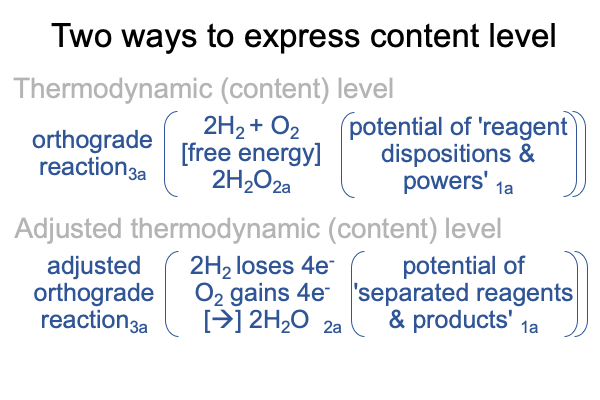0116 This reader can barely imagine the heaps of intellectual garbage that this earnest and prayerful graduate studentstruggles through in constructing chapters one and two.
Then, at the start of chapter three, Tabaczek introduces the philosopher scientist, the guru at the top of the academic mountain (the story takes place in Berkeley, after all), the much-ballyhooed, well-published and honorably appointed, Professor Terrence Deacon.
Deacon works on the model side of Tabaczek’s mirror. He converses with the ghost of the positivist intellect. He fashions novel versions of Aristotle’s four causes in order to accomplish, on the science side, what any dullard would do on the philosophical side of Tabaczek’s mirror.
By “dullard”, I mean “a nerd who believes in the risen Christ”.
0117 With that in mind, I have a few caveats.
First, when I mention “Deacon”, I mean what Tabaczek says about the work of Professor Deacon. After all, Tabaczek writes the book under examination.
Second, on both sides of Tabaczek’s mirror, spoken words mean whatever the viewing agent thinks they mean, because each viewing agent projects his own image into the mirror.
I hope that makes sense.
0118 Fortunate for me, I am already using Deacon’s terminology. Deacon’s terms label the levels for the interscope of the hydrogen-oxygen fuel-cell. “Thermodynamic” labels orthograde processes on the content level. “Homeodynamic” covers the contragrade processes on the situation level. “Morphodynamic” covers the perspective level, where the energy captured by an emergent phenomenon2b is dissipated.
Needless, to say, there is one key term that I neglect. “Teleodynamic” applies to the entire interscope, especially the integration of the perspective-level actuality2c into other emergent processes.
So, my example of a fuel-cell driven motor is not complete, because the motor gets integrated into another emergent-bearing interscope.
0119 My manner of expressing the thermodynamic (content) level differs from Deacon’s manner.
I prefer to express the unconstrained orthograde reaction.
Deacon prefers to show how the situation-level potential1b constrains the orthograde reaction in order to exploit reagent properties.
Here is a comparison using the ongoing example.

